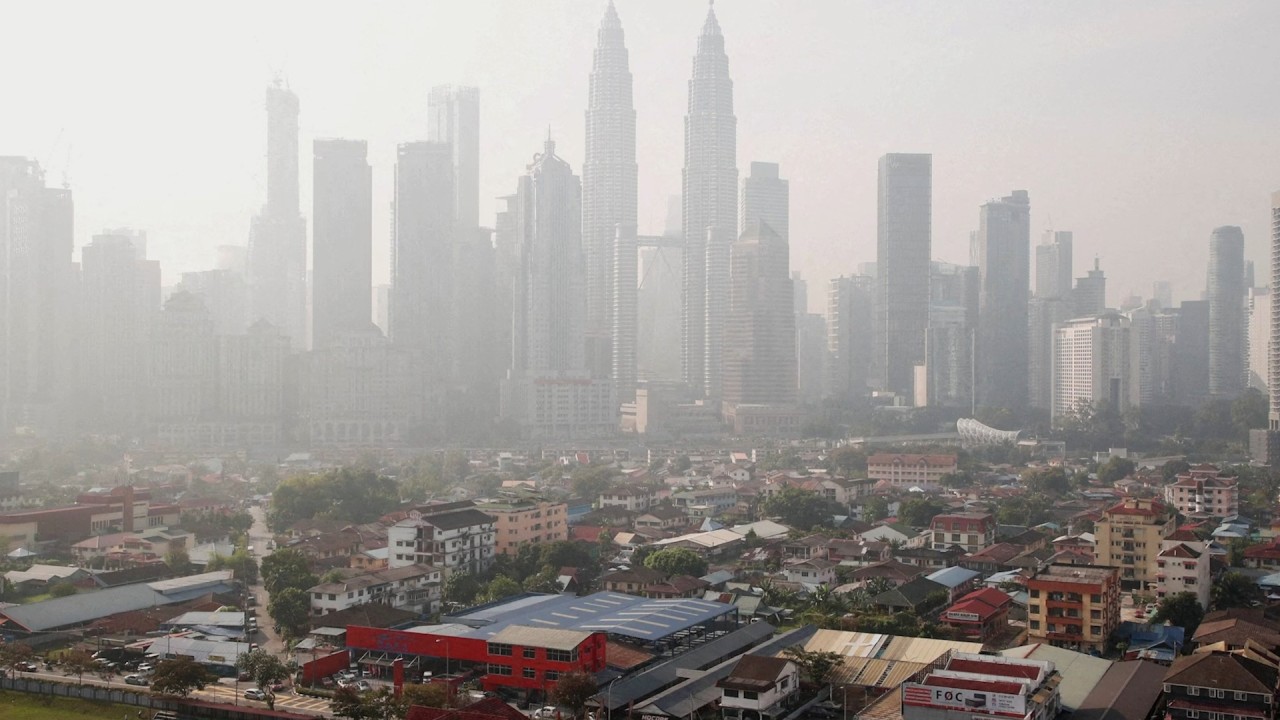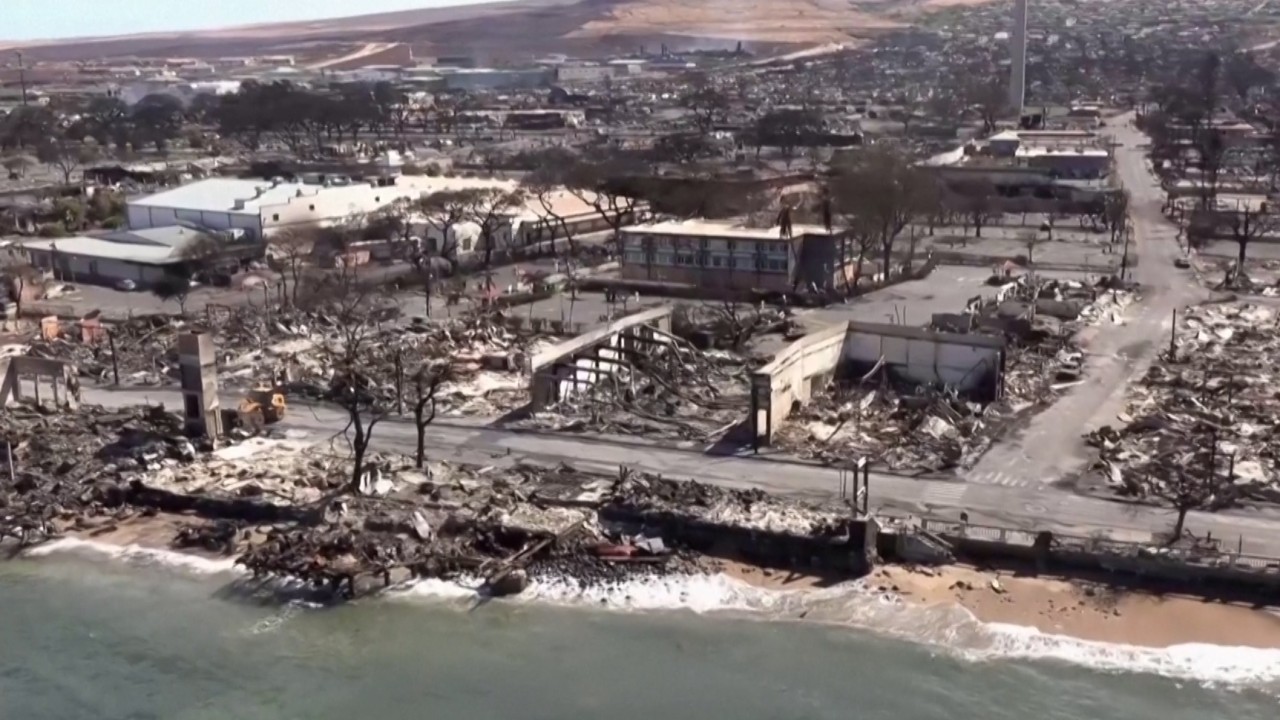Opinion: More lightning, more wildfires and a warmer world. Welcome to the ‘doom loop’
While most of these boreal forests are out of sight and mind for many people, they account for around 30 per cent of the world’s forests. They are underlain mostly by permafrost – and the trees and permafrost they are rooted in store between 30 and 40 per cent of all terrestrial carbon.
These findings coincide with research earlier this year that identified a lightning-wildfire “doom loop” – where rising global temperatures cause stronger storms, triggering more, and more powerful, “Promethean bolts” of lightning that are strikingly effective in sparking serious and sustained wildfires. Every 1 degree Celsius of warming could cause a 10 per cent increase in Promethian bolts.
This comes as the wildfire threat in the US is set to attract mounting concern. A congressional joint economic committee said that wildfires fuelled by climate change cost the US economy between US$394 billion and US$893 billion a year – not just because of fire damage, but also because of lower property values, smoke damage affecting people’s health, income losses, and damage to regional watersheds – land that channels rainfall and snowmelt to creeks, streams and rivers.
In Australia, the concern is not just about fire damage but also for the impact on wildlife. The 2020 bush fires in southeast Australia wiped out an estimated 3 billion animals, including over 60,000 koala bears.
The growing body of research has stirred rising concern at UNEP, whose report last year, “Spreading like Wildfire: The Rising Threat of Extraordinary Landscape Fires”, was already calling for a “fire ready formula” to reassign resources, shifting priorities away from firefighting to the prevention of wildfires.
Wildfires have been common natural phenomena for centuries, particularly in Africa’s savannahs. Humans have also augmented them throughout history as they sought to clear land for farming, and today account for most fires across Africa and in the tropics. Between 2003 and 2016, Africa’s savannahs accounted for 77 per cent of the 13 million fires recorded, averaging 423 million hectares burned globally every year.
But it is the new patterns of wildfire generation, most of them far beyond the sight or influence of humans, that are the most recent cause of concern. Between 2002 and 2020, only 1.2 per cent of the global burned area was outside the tropics – yet this accounted for about 8.5 per cent of all carbon emissions from fires, according to the Dutch research.
Almost all such fires are caused by lightning, not humans. Across Siberia’s boreal forests (also known as “taiga”), a series of blazes in 2003 alone accounted for 22 million hectares of scorched land; across Russia, almost 56 million hectares have been consumed by wildfires since 2001, according to Global Forest Watch.
“Future increases in lightning ignitions threaten to destabilise vast carbon stores in extratropical forests, particularly as weather conditions become warmer, drier and overall more fire-prone in these regions,” said Dr Matthew Jones, one of the researchers on the team.
The team predicts that the biggest increases in wildfire risk are concentrated in the western United States, southeast Australia, eastern Siberia and western Canada.
David Dodwell is CEO of the trade policy and international relations consultancy Strategic Access, focused on developments and challenges facing the Asia-Pacific over the past four decades







